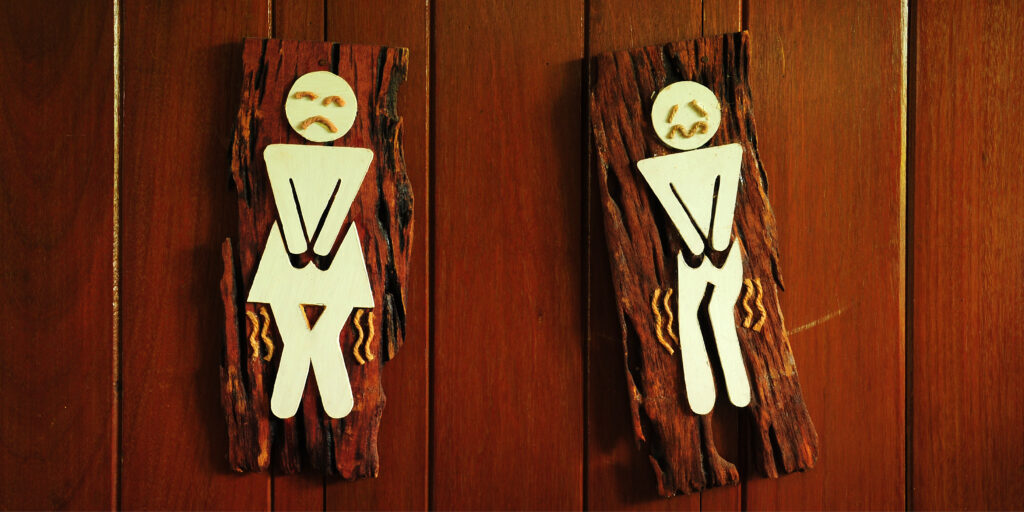What Are Urological Conditions?
Here is a urological introduction into these diseases or conditions include urinary tract infections, kidney stones, bladder control problems, and prostate problems, among others. In addition, some urologic conditions last a short time, while others are long-lasting.

Types of Urological Condtions
Urinary Incontinence
Urinary incontinence is a loss of bladder control. In particular, it results in the unwanted leakage of urine. This condition can be inconvenient and embarrassing, but it is far from uncommon. According to the AUAF, more than 15 million people in the United States have incontinence.
There are a number of things that can cause incontinence. A few of the most common causes include:
- Diabetes
- Overactive Bladder
- Enlarged Prostate
- Weak Bladder Muscles
- Weak Sphincter Muscles (muscles supporting the urethra)
- Urinary Tract Infections
- Diseases including Parkinson’s and Multiple Sclerosis
- Injury to the Spinal Cord
- Severe Constipation

Urological Introduction to Conditions
Prostate Cancer
The prostate is a small walnut shaped gland in the pelvis of men. It is located next to the bladder and can be examined by getting a digital rectal exam. Prostate cancer is a form of cancer that develops in the prostate gland.
Most cases of prostate cancer are a type of cancer called an adenocarcinoma. This cancer grows in the tissue of a gland, such as the prostate gland.
Prostate cancer is also categorized by how fast it grows. With non-aggressive prostate cancer, the tumor either doesn’t grow or grows very little over time. With aggressive prostate cancer, the tumor can grow quickly and may spread to other areas of the body, such as the bones.
Bladder Cancer
Bladder cancer occurs in the tissues of the bladder. The bladder is the organ in the body that holds urine.
Moreover, there are three types of bladder cancer:
Transitional Cell Carcinoma: This is most common type of bladder cancer. It begins in the transitional cells in the inner layer of the bladder. Moreover, these cells that change shape without becoming damaged when the tissue is stretched.
Squamous Cell Carcinoma: This is a rare cancer in the United States. It begins when thin, flat squamous cells form in the bladder after a long-term infection or irritation in the bladder.
Adenocarcinoma: Adenocarcinoma is also a rare cancer in the United States. It begins when glandular cells form in the bladder after long-term bladder irritation and inflammation. Glandular cells are what make up the mucus-secreting glands in the body.
Urinary Tract Infections (UTIs)
UTIs are the result of pathogenic bacteria or viruses that invade the urinary tract and cause infection. However, they are much more common in women, although men can get them too. As a result, a burning sensation during urination is one of the symptoms of a UTI. Others include a frequent urge to urinate and the feeling that the bladder is not completely empty after urinating.
Benign Prostatic Hyperplasia (BPH)
Benign prostatic hyperplasia (BPH) is an enlarged prostate. For example, this increases the size of the prostate gland. As a result, BPH is very common in older men. However, It is not directly connected to prostate cancer.
Bladder Prolapse
The bladder is held in place by a “hammock” of supportive pelvic floor muscles and tissue. When these tissues are stretched and/or become weak, the bladder can drop and bulge through this layer and into the vagina. This results in bladder prolapse, also called cystocele. In severe cases, the prolapsed bladder can appear at the opening of the vagina. Sometimes it can even protrude (drop) through the vaginal opening. Also, bladder prolapse is common in women. The symptoms of bladder prolapse can be bothersome but it can be treated.
Kidney and Ureteral Stones
Stones develop in the kidneys when there are crystals in the urine and small particles surround and collect on these crystals. Ureteral stones are ones that move from the kidney into the ureter (the tubes that carry urine from the kidneys to the bladder).
Clearly, these stones can block urine flow and cause a considerable amount of pain. Many people end up expelling small stones from the body without medical help, but larger stones may result in blockage, which is problematic. Medical or surgical procedures may be needed in some instances, to remove large stones. The procedure involves using sound waves to break stones into smaller pieces so that they can more easily exit the body.
Erectile Dysfunction
This is the most common sex problem that men report to their doctor. As a result, It affects as many as 30 million men.
ED is defined as trouble getting or keeping an erection that’s firm enough for sex.
Though it’s not rare for a man to have some problems with erections from time to time. ED is progressive. If this results routinely with sex it is not normal, and it should be treated.




